In the circuit shown below, the switch is kept in position 'a' for a long time and is then thrown to position 'b'. The amplitude of the resulting oscillating current is given by
 Solution in Bengali
Solution in Bengali
E√L/C
E/R
infinity
E√C/L
Step by step video & image solution for In the circuit shown below, the switch is kept in position 'a' for a long time and is then thrown to position 'b'. The amplitude of the resulting oscillating current is given by by Physics experts to help you in doubts & scoring excellent marks in Class 12 exams.
Updated on:21/07/2023Topper's Solved these Questions
- QUESTION PAPER 2015BOOK - WB JEE PREVIOUS YEAR PAPERCHAPTER - QUESTION PAPER 2015EXERCISE - PHYSICS (CATEGORY III)
5 Videos
- QUESTION PAPER 2015BOOK - WB JEE PREVIOUS YEAR PAPERCHAPTER - QUESTION PAPER 2015EXERCISE - PHYSICS (CATEGORY III)
5 Videos
- QUESTION PAPER 2014BOOK - WB JEE PREVIOUS YEAR PAPERCHAPTER - QUESTION PAPER 2014EXERCISE - PHYSICS (CATEGORY III)
3 Videos
- QUESTION PAPER 2016BOOK - WB JEE PREVIOUS YEAR PAPERCHAPTER - QUESTION PAPER 2016EXERCISE - PHYSICS
40 Videos
Similar Questions
Find the right condition(s) for Fraunhoffer diffraction due to a single slit.
View SolutionFind the right condition(s) for Fraunhoffer diffraction due to a single slit.
View SolutionHalf of the space between the plates of a parallel-plate capacitor is filled with a dielectric material of dielectric constant K. The remaining halt contains air as shown in the figure. The capacitor is now given a charge Q. Then

View SolutionThe magnetic field intensity at the centre of a cubical cage of identical wires of length 'a' due to a current I flowing as shown in the figure is
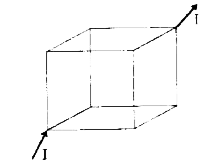
View SolutionIn the circuit shown in the figure initialy the switch in position 1 for a long time, then suddenly at t=0 the switch is shifted to position 2. It is required that a constant current should flow in the circuit, the value of resistance R in the circuit
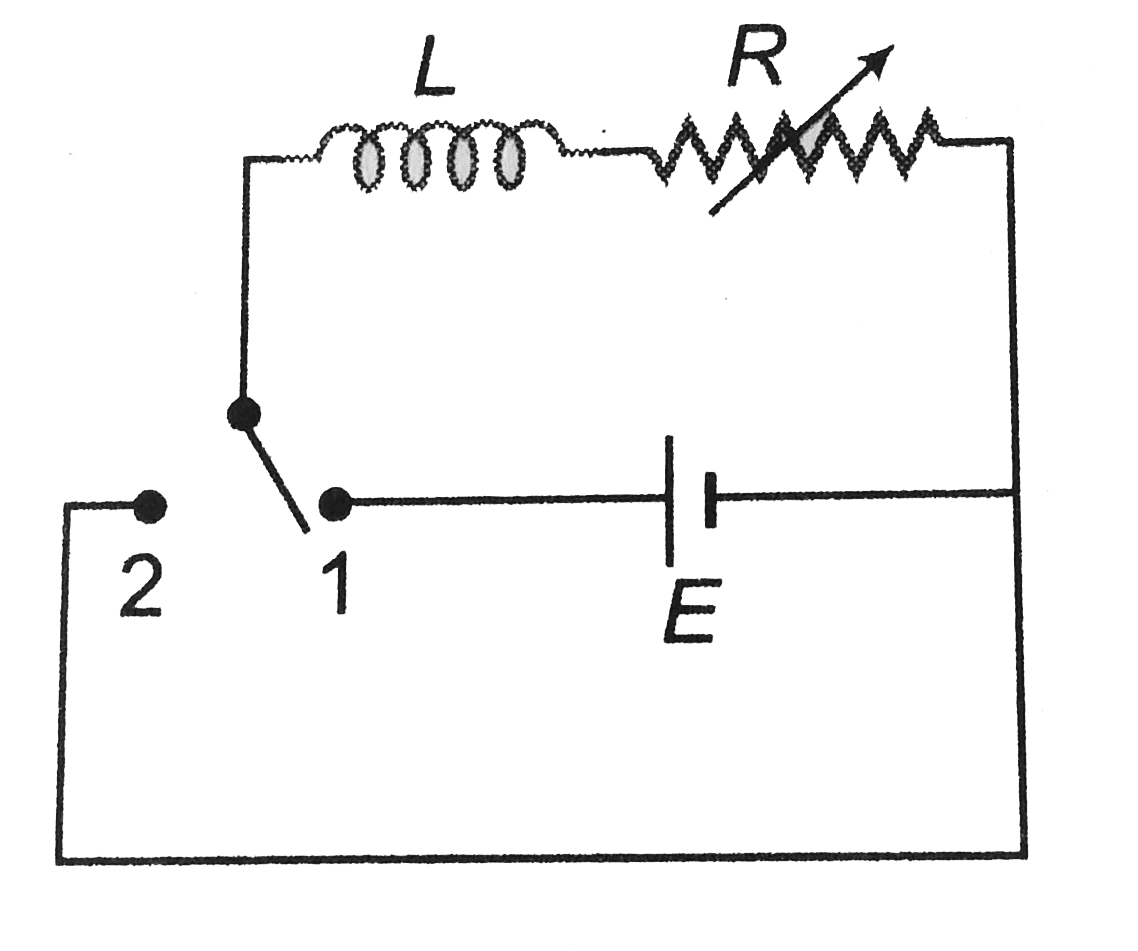
View SolutionIn the circuit shown in the figure, the switch S is in position 1 for a long time. Now the switch is thrown to position 2. Find the total heat developed in the circuit till the steady state is reached again.
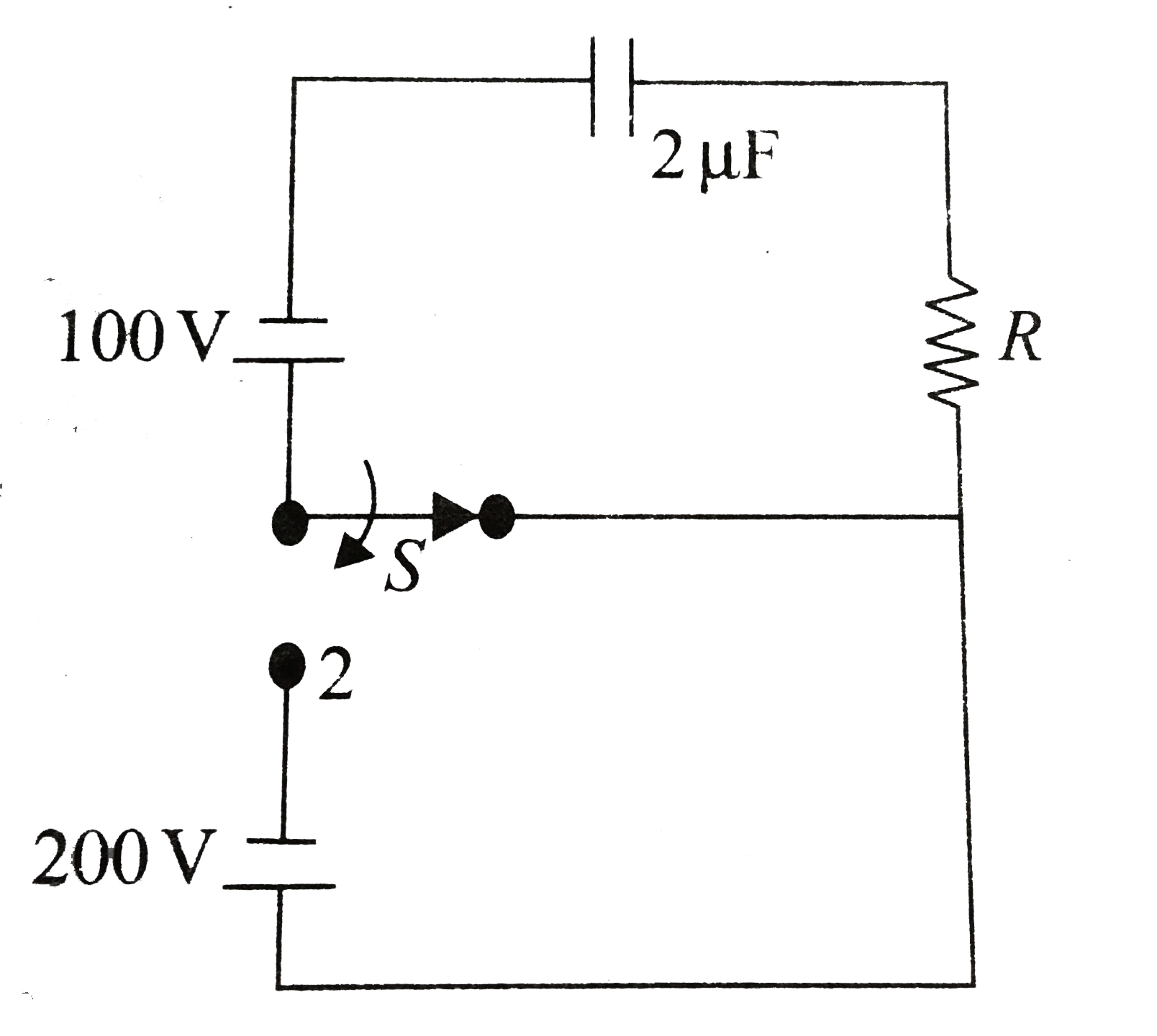
View SolutionIn the circuit shown, initially the switch is in position 1 for a long time. Then the switch is shifted to position 2 for a long time. Find the total heat produced in R_(2)
View SolutionIn the circuit shown below, the switch is in position 1 for a long time. At some moment after that the switch is thrown in position 2. The quantity of heat generated in the resistance of 375 ohm after the switch is changes to position 2 is :
View SolutionIn the circuit arrangement shown in Figure, the three way switch S is kept in position 1 for a long time. (a) Find the potential difference across the inductor immediately after the switch is thrown from posi- tion 1 to position 2. (b) After being left in position 2 for a long time, the switch is moved to position 3. Find the potential difference across R immediately after the switch is moved to position 3. Assume no time lag in moving the switch from one position to another.
View SolutionThe switch in figure Iis connected to position a for a long time interval. At t = 0 , the switch is thrown to position b. After this time , what are
View SolutionConsider the circuit shown in figure. What is the current in the inductor at the instant the switch is thrown to position b?
View Solutionदिये गये परिपथ में स्विच की स्थिति a पर लम्बे समय तक रखा जाता है तथा फिर उसे स्थिति b पर रखा जाता है। परिणामी दोलनी थारा का आयाम ज्ञात कीजिए ।
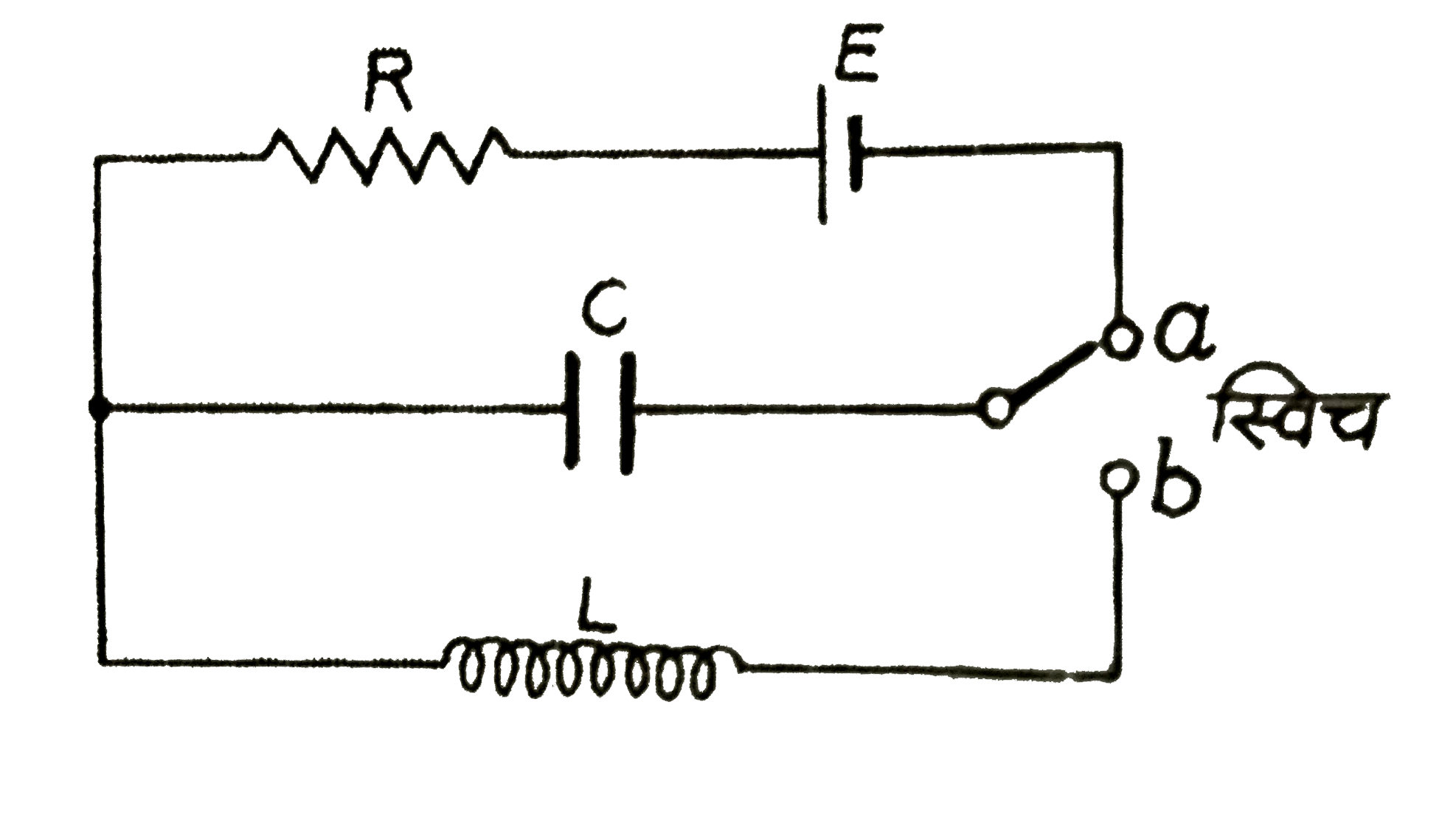
View SolutionIn the circuit shown below , the switch is kept in position a for a long time and is then thrown to position b. The amplitude of the resulting oscillating current is given by
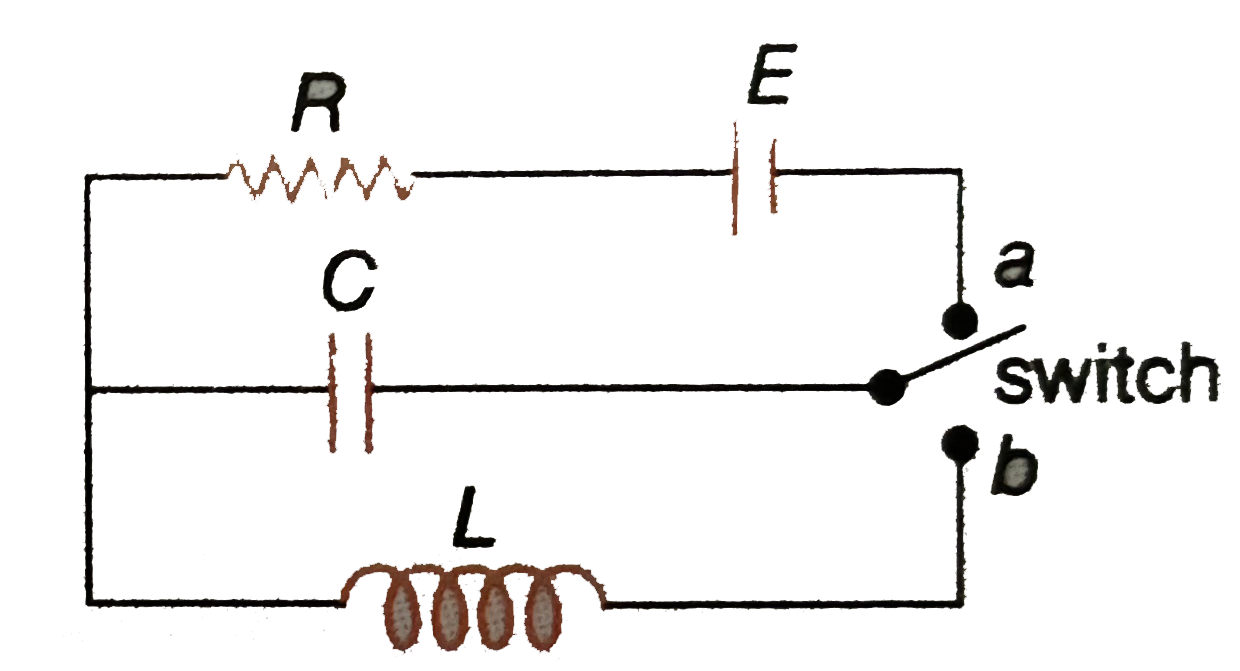
View SolutionConsider a magnet surrounded by a wire with an on/off switch S as shown in figure. If the switch is thrown from the off position (open circuit) to the on position (closed circuit), will a current flow in the circuit ? Explain.
View SolutionIn the circuit shown below, the switch is kept in position 'a' for a long time and is then thrown to position 'b'. The amplitude of the resulting oscillating current is given by
View Solution
